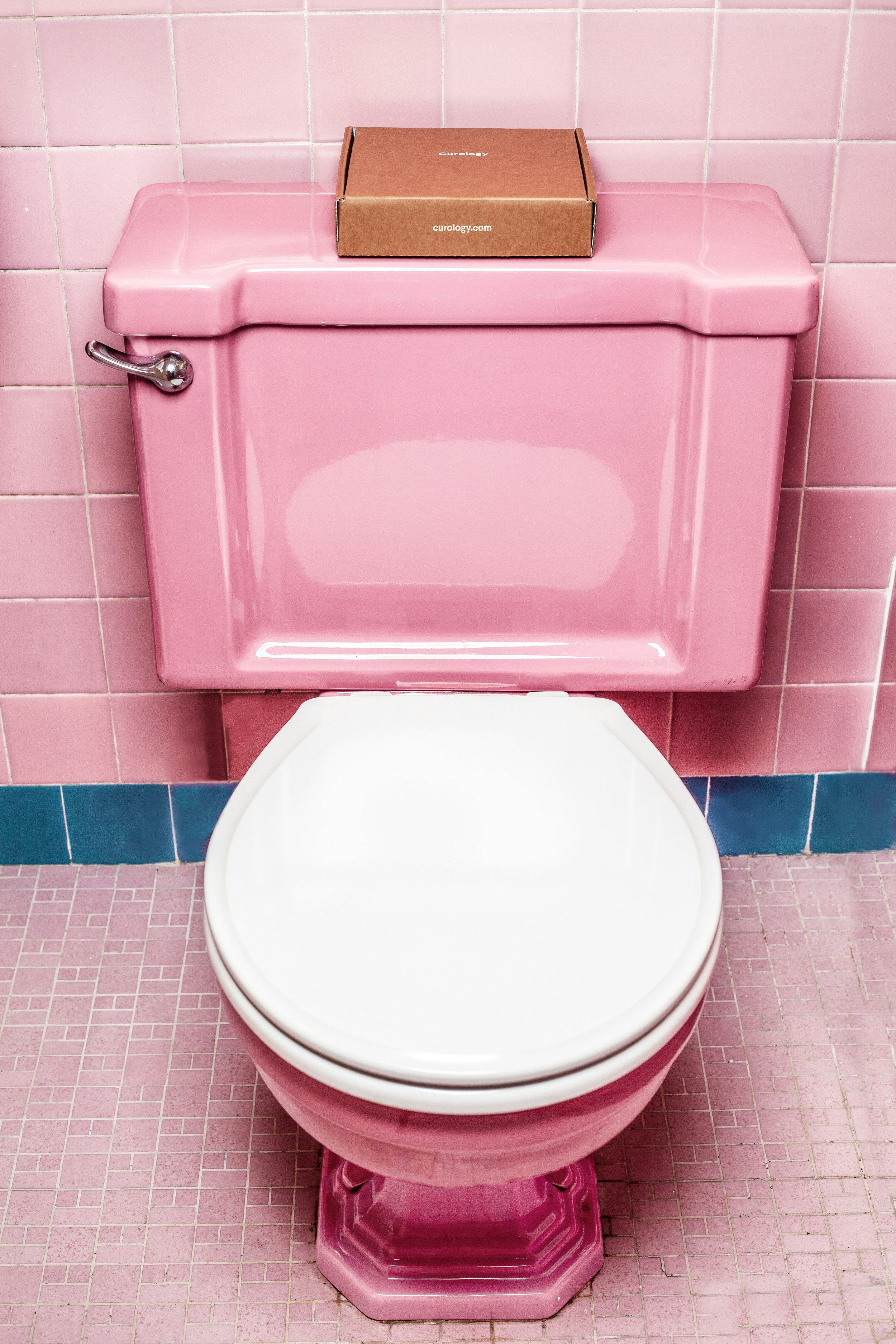UTI symptoms but don’t have a UTI. Now what?!
What is a UTI?
A urinary tract infection is an infection of the urinary tract. They are very common and can be treated with antibiotics. The urinary tract has two parts; the upper and lower. The upper part consists of the ureters and kidneys and the lower part is made up of the urethra and bladder. All of the organs work together to aid in urination. Most urinary tract infections begin in the lower part of the urinary tract. Bacteria enter through the urethra and spread upwards towards the bladder. If bacteria make it to the bladder and kidneys, more serious infections can occur such as cystitis (bladder infection) and pyelonephritis (kidney infection). These upper urinary tract infections can cause more severe illness than a lower urinary tract infection.
What causes a UTI?
It is normal and common for bacteria to be in the area of the rectum and vagina but when the bacteria make their way to the urethra that can cause a UTI. Women are more at risk of having a UTI due to their urethra being shorter and closer to the anus than men’s. Due to a woman's anatomy, they are also more likely to get a UTI after intercourse because bacteria can come in contact with the urethra from a penis, fingers, or sex toys. Women who are pregnant, who have had multiple babies, or who are going through menopause have a higher chance of having a urinary tract infection. If you are pregnant and feel that you have a UTI, call your provider immediately, Untreated UTIs can increase the risk of preterm labor and numerous other complications so early treatment is imperative.
What are symptoms of a UTI?
Urinary urgency
Pain with urination
Urinary frequency
Soreness in the lower back, abdomen, and sides
Changes in your urine
Strong odor
Cloudy appearance
Blood tinged
How are UTIs diagnosed?
A test called a urinalysis is performed at your doctor’s office when you present with UTI symptoms. A urine sample is needed and your provider will test the urine for any signs of infection, i.e. white blood cells, red blood cells, and bacteria. If there are signs of infection in the urinalysis, the provider will send the urine sample to a lab for culture to see which specific bacteria is present in the urine.
Treatment
UTIs are treated with antibiotics. The type and dosage are dependent on which bacteria are present in your urine. It is very important to finish the prescribed dosage of antibiotics regardless of if you’re feeling better.
I have UTI symptoms but don’t have a UTI. Now what?!
Many patients present to their medical provider with symptoms of a UTI but are told that their urine looks clean and there are no signs of infection (negative culture).
So what should you do if that is the case?
See a pelvic floor physical therapist!
There is research to show that pelvic floor physical therapy can greatly benefit patients with urinary incontinence, urgency, and frequency. Nerve and muscle dysfunction can often result in "burning" pain so when a UTI culture is negative but these symptoms are present a Pelvic PT can be extremely beneficial in assessing and diagnosing pelvic floor muscle causes.
If you or someone you know is experiencing urinary symptoms but don’t have a UTI, please don’t hesitate to reach out to Women in Motion Physical Therapy and wellness. Our therapists are speciality trained in women's health conditions and would love to be a part of your treatment journey.

